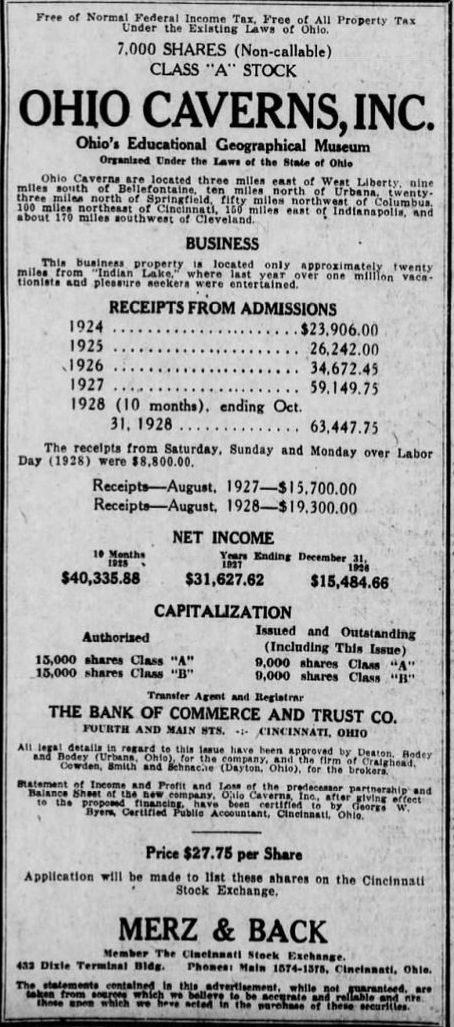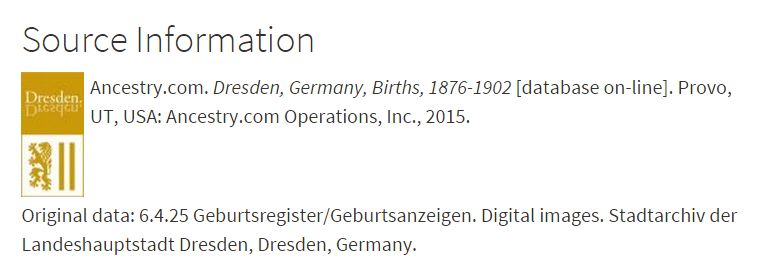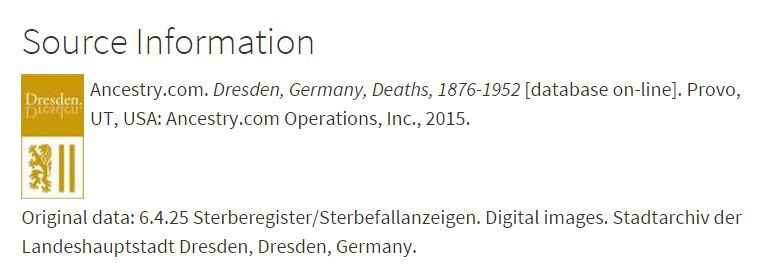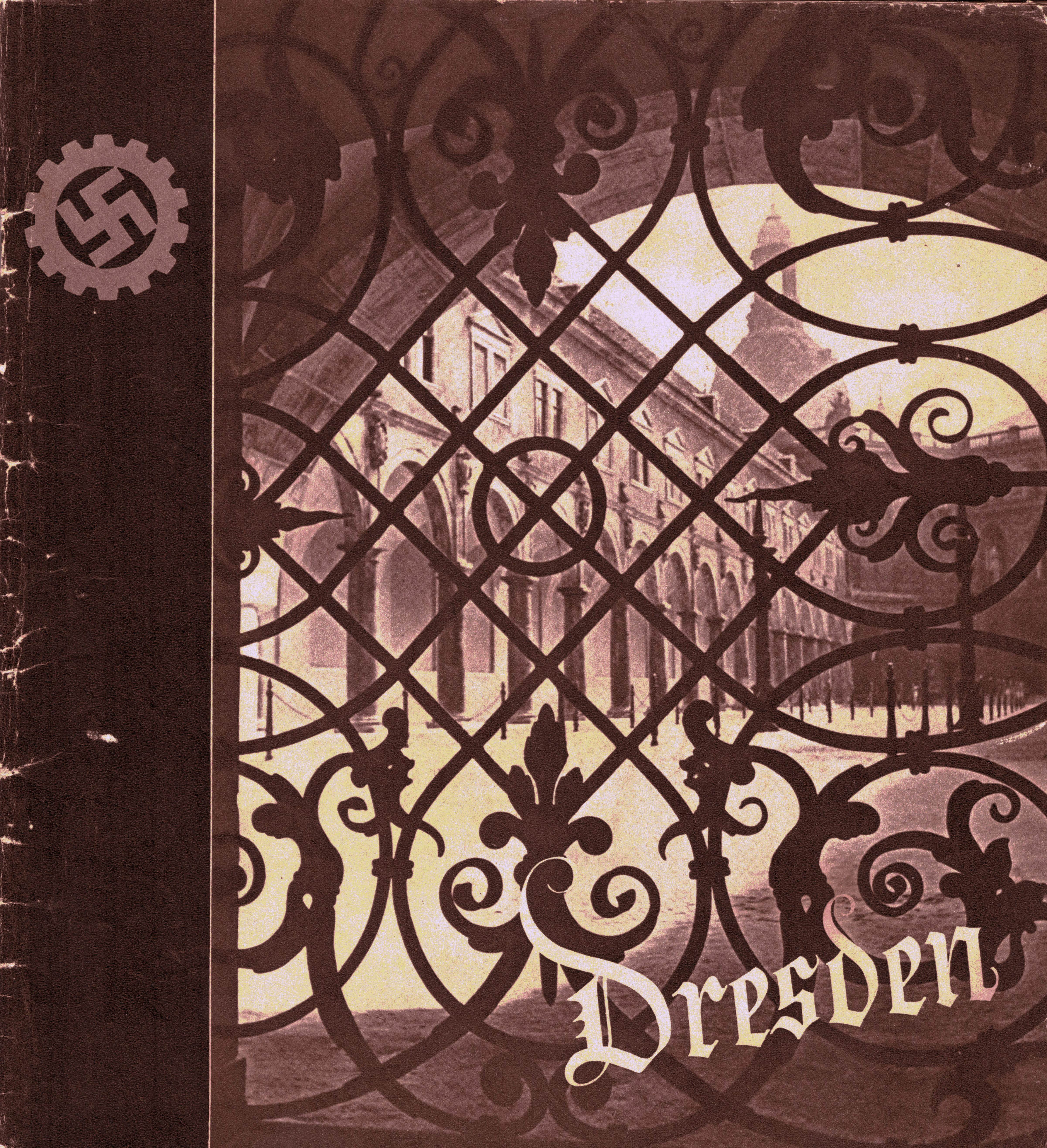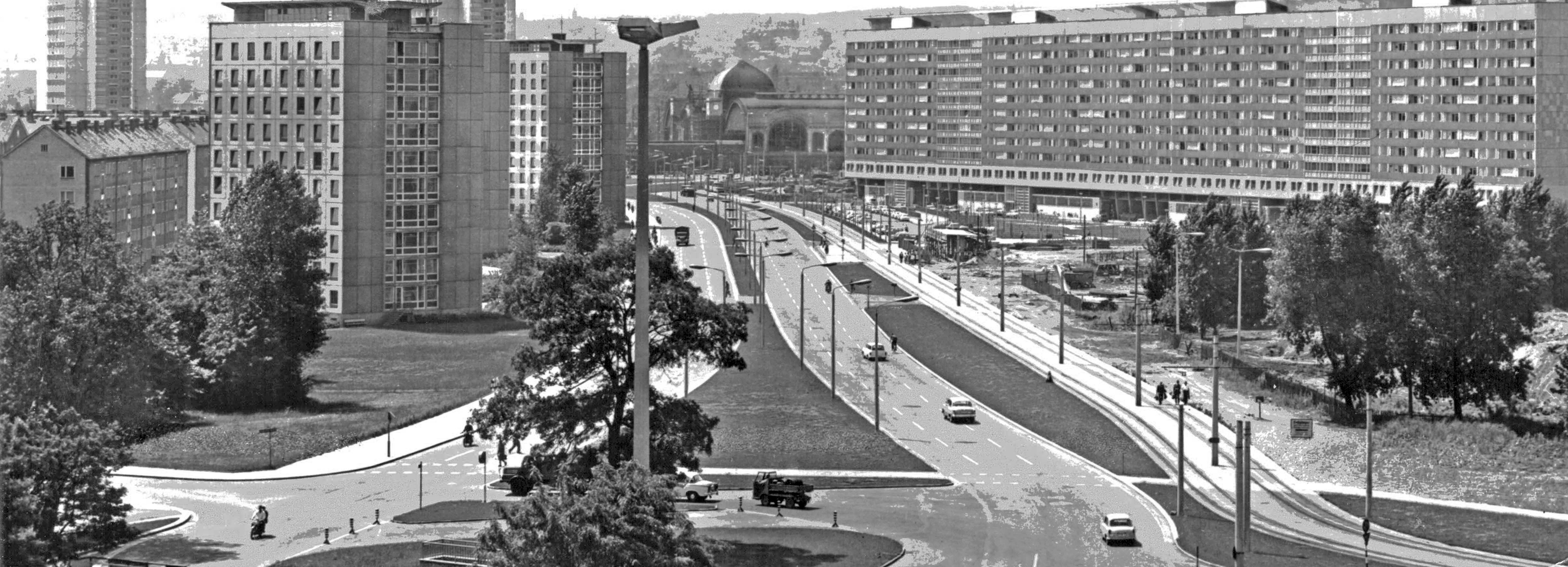Week 45 of 52 Ancestors had no theme. We were free to write on any topic. It’s the perfect time for this as I made a huge discovery. I think it was right in front of my nose all along. This has been a great year for researching my Lindner family. The addition of the collection of Dresden births and deaths to Ancestry.com brought lots of new information. I lost an entire branch of my family tree in Buchholz, when I discovered that my great-grandfather had a different mother than his siblings. I also found out that my great-grandmother had a son who was illegitimate. Perhaps her husband was more forgiving since he himself probably endured the same status as Marie’s child.
For years I have wondered about living relatives in Dresden. I knew that there were relatives, because my grandfather had spoken of them. Of course, I remembered almost nothing of what was said. They were, of course, the descendants of Clara Pauline Minna Lindner. I wrote about her here and mentioned her daughters, Elisabeth and Else. Minna’s brother Gus, had no children. He left his estate to his nieces in Germany and I wrote about that here.
Sometimes we get distracted when working on our family history. I get distracted fairly easily. I have to admit that I am a genealogical opportunist. If a great lead will comes along on someone that I’m not currently researching, I’m off to the races, dropping what I previously may have been working on, I don’t know why I forgot about the letter, but I did.
Ahhh, I haven’t mentioned the letter yet. About eight or nine years ago I came into possession of a letter from a cousin in Germany written to my grandfather in 1981. Somewhere along the line, I misplaced it. It is probably in one of the two filing cabinet drawers of genealogy material that I have. Sadly, it isn’t filed under Lindner. What the heck did I do with it? I had half-heartedly looked for the letter in the past, but I admit that it hadn’t been a priority. Then, a funny thing happened. I was moving files from an old hard drive and I found the letter – not the original – but my transcribed version. I had forgotten that I typed out the German transcription in Word so that I could attempt a translation using an online translator. What a find!
I will include what I typed for this post asking my German-speaking friends to forgive the errors I may have made in my transcription and the odd translation that comes from using the auto translator. Rereading what I have here, it occurs to me that I must not have completed my transcription task. There must have been a closing to the letter. I hope I find the original. Here is the text that I have with the translation in parentheses in blue:
Irene Renner and Family
Sandgrabenstr. 6
8924 Steingaden/ Obb.
Am 6.Juni 1981
Du wirst sicher sehr erstaunt sein, von mir Post zu bekommen! Ob Du Dich überhaupt noch an mich und uns erinnern kannst? Ich bin Elisabeths Tochter Irene, mein Bruder ist Horst Gröschel, mit seiner großen Familie (6 kinder) noch in Dresden wohnend und als Pfarrer am Diakonissenhaus in Dresden-Neustadt tätig.
(You will be surely very surprised to get a post from me! Whether you can still remember at all me and us? I am Elizabeth’s daughter Irene, my brother is Horst Gröschel, with his large family (6 children) living in Dresden and as a minister at the deacon eating house in Dresden-Neustadt actively.)
Neulich besuchten wir mal Alice Mennigke in Senden b. Ulm. Wir weilten bei unserem ältesten Sohn, der in der Nähe von Alice wohnt. Da haben wir endlich mal einen besuch wahrgemacht, den wir schon so lange geplant hatten. Alice fühlt sich oft sehr einsam, der viel jüngere Mann ist ja noch in Beruf und sehr viel unterwegs, die Tochter Susanne, die wohl in diesem Jahr auch bei Dir war, hat jetzt ihre Prüfungen mit Erfolg hinter sich gebracht und wartet auf eine Anstellung.
(Recently we visited Alice Mennigke in Senden by Ulm. We stayed with our oldest son, who lives in the proximity of Alice. There we have finally times one visit true-made, which we had already so for a long time planned. Alice feels often very lonely, the much younger man is still in occupation and very much on the way, the daughter Susanne, which probably was in this year also with you, now its examinations with success behind itself brought and waits for an employment.)
Fortsetzung am 29.9.81
Nun ist mein Brief vom Juni immer noch nicht weggegangen! Das ist sehr schlimm und ich muß um Verzeihung bitten. Wir hatten sehr viel Besuch den ganzen Sommer über, auch aus der DDR immer wieder einmal. Mitte Mai sind wir auch in Dresden gewesen für ein paar Tage.
(Now my letter did not leave from June yet! That is very bad and I must for pardon ask. We had very much attendance the whole summer over, also from the GDR again and again once. In the middle of May are been we also in Dresden for a few days.)
Wir hatten nach 40 Jahren ein Klassentreffen und ich wollte dabei auch Horst und seine große Familie wiedersehen, denn sie können ja nicht zu uns in die BRD kommen. Ob du Dich noch ein bißchen an mich erinnern kannst? Mit meine Mutter und Tante Else standest Du ja immer in Verbindung.
(We had after 40 years a class meeting and I wanted thereby also Horst and its large family to see again, because they cannot come to us into the FRG. Whether you can remember still another little me? With my mother and aunt Else you always stood in connection.)
Ich heiratete 1957 in Kasendorf bei Bayreuth in Oberfranken einen Pfarrer, der verwitwet und Vater von 5 Kindern in Alter von 3 bis zu 14 Jahren war. Wir haben denn noch weitere 3 Kinder bekommen und auch diese sind nun schon erwachsen, der Jüngste ist 20 und studiert Medizen, Barbara ist 21 und wird Leherin, Michael ist 22 und studiert Sport und Theologie (er will auch in Lehrfach).
(I married 1957 in Kasendorf with Bayreuth in Upper Franconia a minister, who was widowed and father of 5 children in age from 3 to 14 years. We got still further 3 children and also these arose, the youngest one are now already 20 and study Medizen, Barbara are 21 and teacher, Michael are 22 and study sport and theology (it wants also in training subject).)
Und wie geht es Dir? Du hast ein sehr schönes Alter erreichen dürfen, und wie mir Alice erzählte, hat Susi Euch besucht. Susi hat unterdessen eineAnstellung beim Staat bekommen. Alice und ihr Mann haben ein Haus gekauft, da sie nächstes Jahr aus ihrer Wohnung ausziehen müssen.
(And how are you? You were allowed to achieve a very beautiful age, and how Alice told me, Susi visited you. Susi got meanwhile employment of one at the state. Alice and their man bought a house, since they must take next year off from their dwelling.)
Ich bekam im diesen Tagen einem Brief aus Dänemark von einem Herrn Viggo Bertram (Egebaeksvej 10 A DK 2100 Kopenhagen) Er forscht nacht seiner Familie und fand nun im Lutherbuch v. on 1960 den namen Bertram, der ja auch in unseren Stammbaum vorkommt. Er wollte nun wissen, ob seine Familie, aus die Nordhausen stammt, mit der unseren, die aus Sondershausen kommt, verwandt ist. Leider weiß ich darauf keine Antwort und habe auch keinerlei Unterlagen. Ob Du noch irgendwelche Sachen darüber hast oder weißt?
(I got night of its family in these days the letter from Denmark of a Mr. Viggo Bertram (Egebaeksvej 10 A DK 2100 Kopenhagen) it research and found now in the Luther book v. on 1960 the name Bertram, which occurs also into our family tree. He wanted to now know, whether its family originates, from the north living, with whom ours, which comes from special living, is related. Unfortunately I know to it no answer and have also no documents. Whether you have still any things over it or know?)
If anyone would like to improve on the translation, feel free to leave me a message at the bottom of the post.
There are wonderful clues in this letter. First, I recognize the name Gröschel as the married name for cousin Elisabeth. I knew she married Curt Gröschel, a minister, because I have a postcard showing a church where he was pastor.
Naturally, the first thing that I did was Goolge the name “Horst Gröschel” to see what I could find. I was surprised when it led me to Google Books and an online incomplete version of “Die Nachkommen des Reformators: Nachkommen Martin Luthers und Katharina von Boras” by Alfred Jacobsen and Hans Peter Werner (BoD – Books on Demand, Jul 29, 2015, pp. 185-187, retrieved Dec. 4 2015). The book can be viewed here.
This book is more up to date than previous references that I have given that documents Luther’s descendants. My generation is not mentioned for my immediate family, but my mom and my aunt are named here. There are descendants of Minna Lindner listed all they way through children who were born in the 1990’s.
I tried to find e-mail address for a few of the Gröschels who are from my generation. I only found one. Although I sent an e-mail, I’m sorry to say that I have not had a response. It appears that some of the family may still reside in Dresden, but others are located in other places. Irene Renner, after all, was residing in Steingaden in Bavaria back in 1981 when she wrote my grandfather.
I hope this post will catch the attention of my relatives in Germany. I know that one is a Lutheran minister named Horst Winfried Gröschel; he has 5 brothers and sisters. These are the grandchildren of Irene’s brother, Horst:
Christiane Renate Gröschel
Angelika Gröschel
Horst Winfried Gröschel
Reinhart Gröschel
Curt Michael Gröschel
Dorothee Gröschel
Irene Renner had these grandchildren:
Michael Martin Renner
Barbara Elisabeth Renner
If anyone knows how I can reach any of my cousins, please send me a message, or let them know about this blog and perhaps they will contact me. That would be another great moment for my blog!
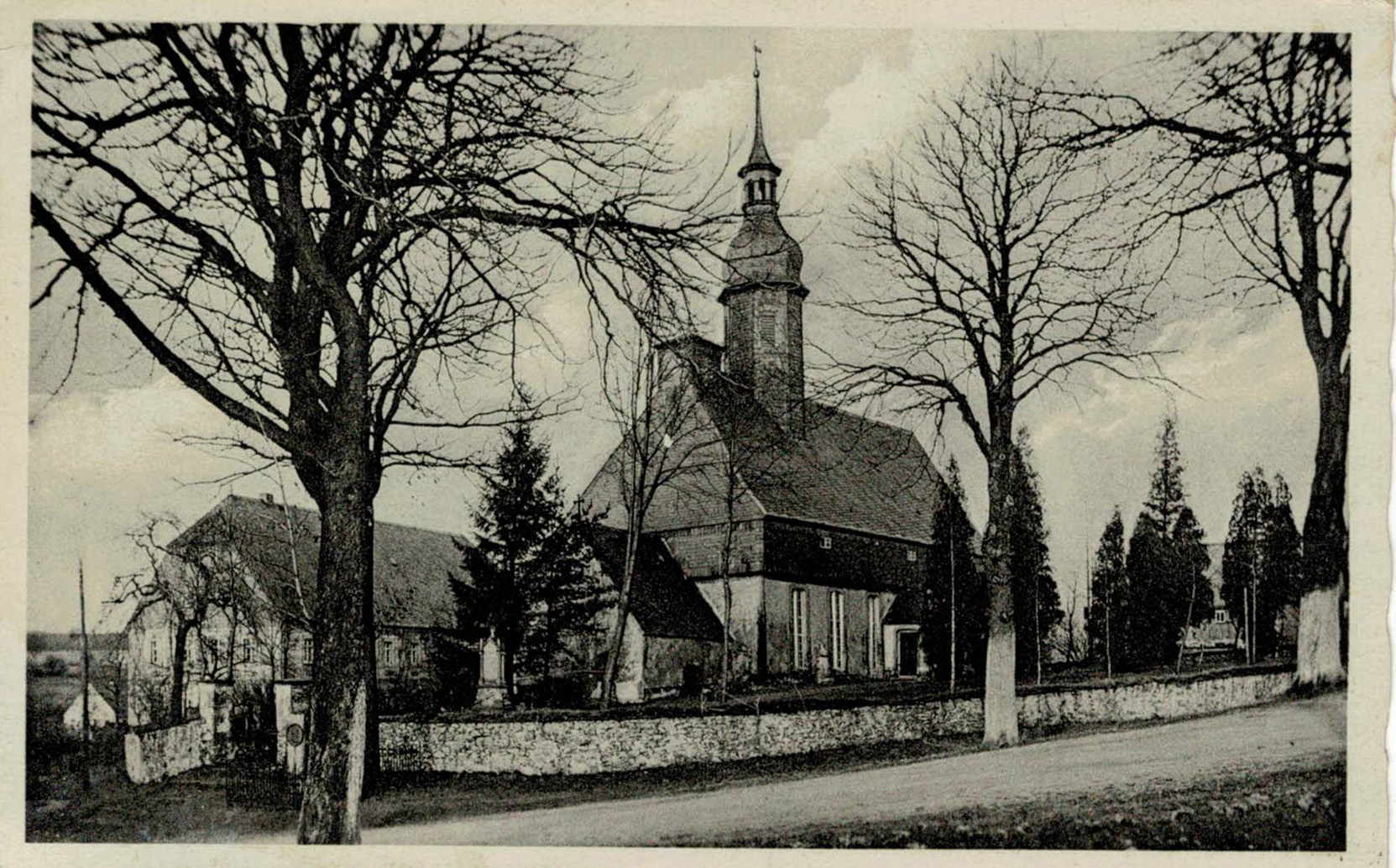
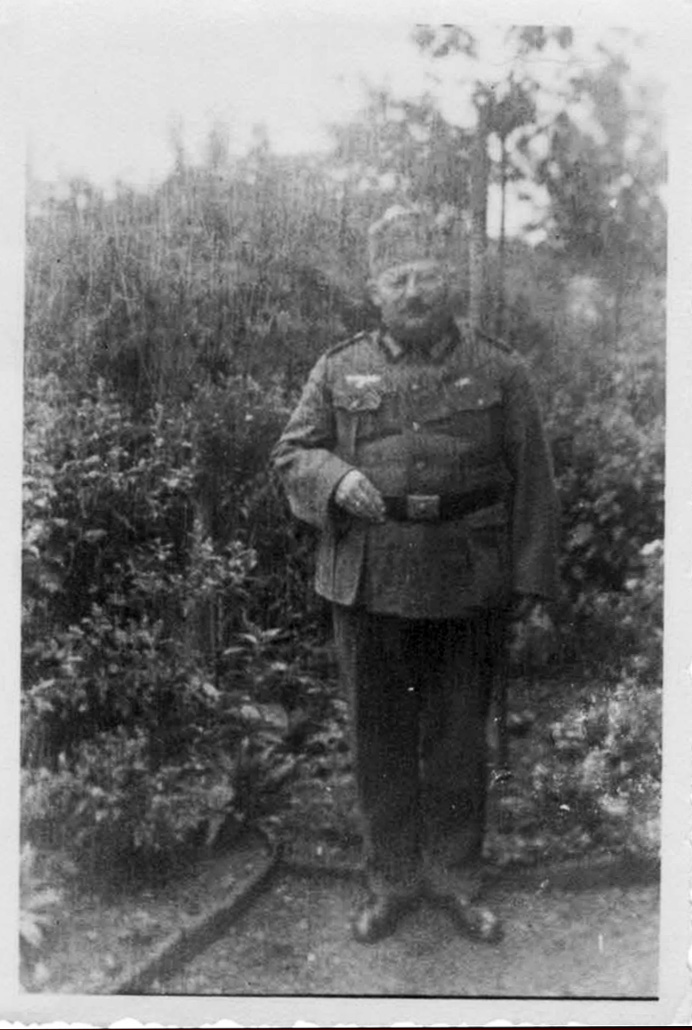


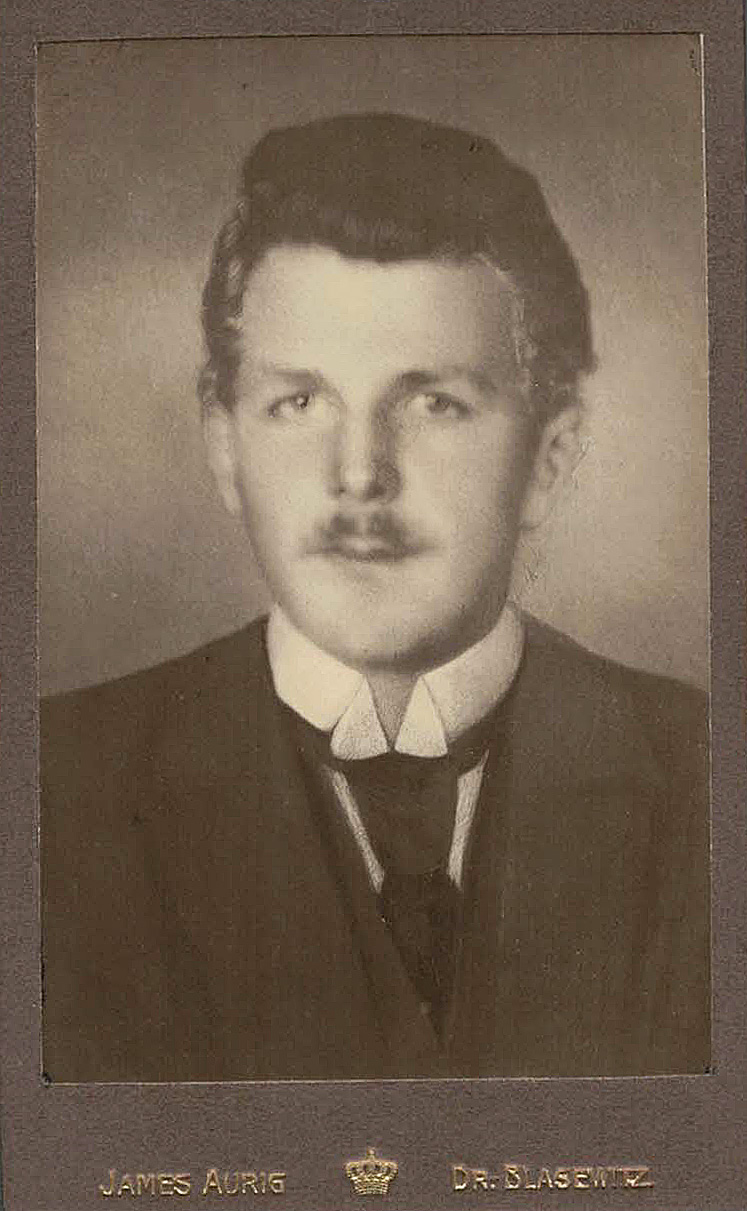
![Deat Record for Max Lindner; Ancestry.com. Dresden, Germany, Deaths, 1876-1952 [database on-line]. Provo, UT, USA. Original data: 6.4.25 Sterberegister/Sterbefallanzeigen. Digital images. Stadtarchiv der Landeshauptstadt Dresden, Dresden, Germany.](https://mysearchforthepast.files.wordpress.com/2015/11/max-lindner-death-cert-1914.jpg?w=208)




